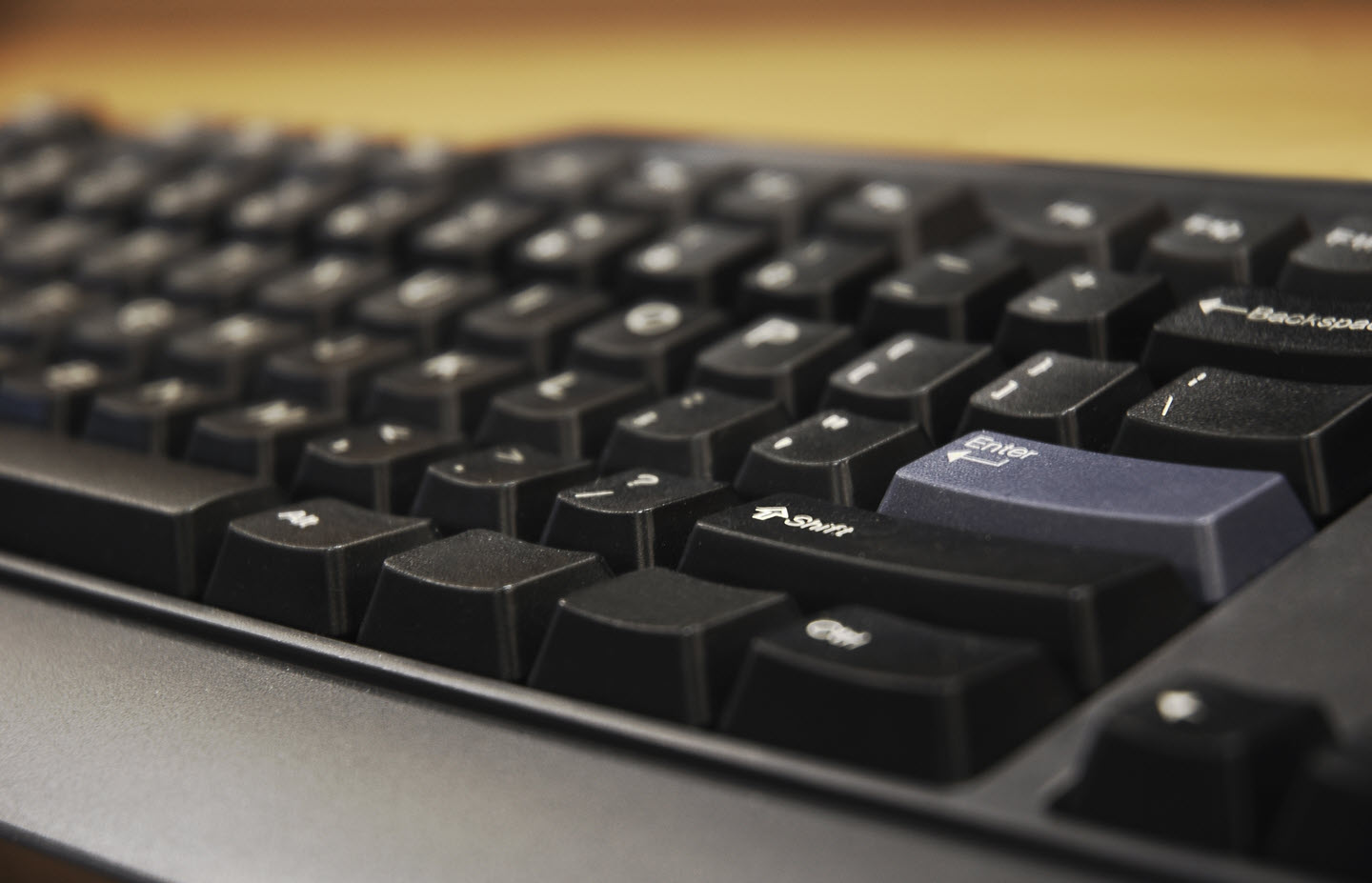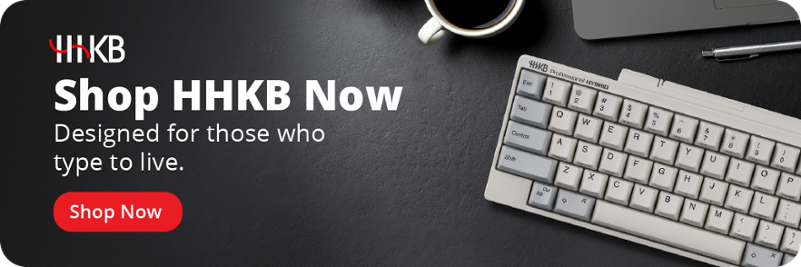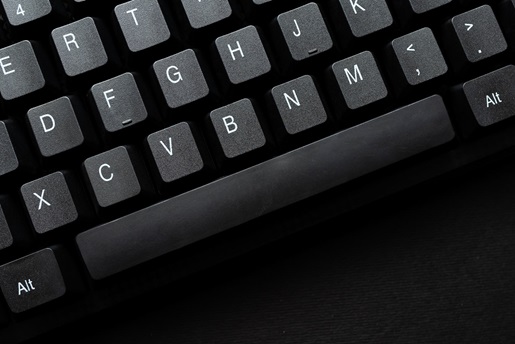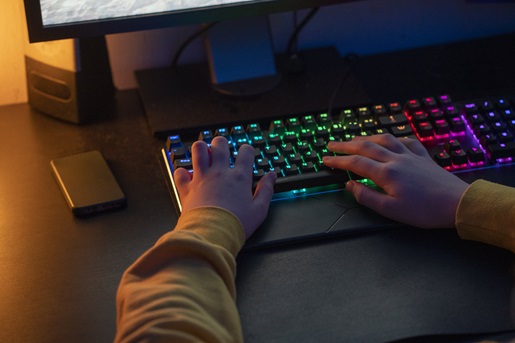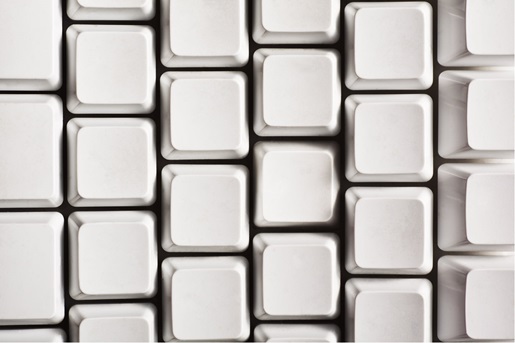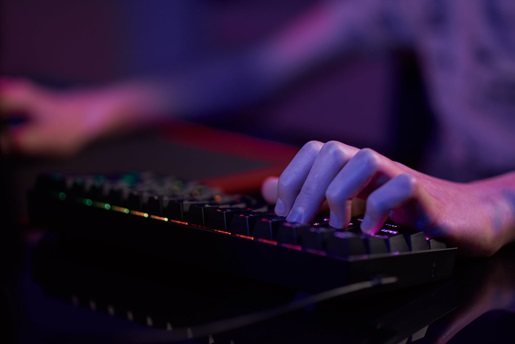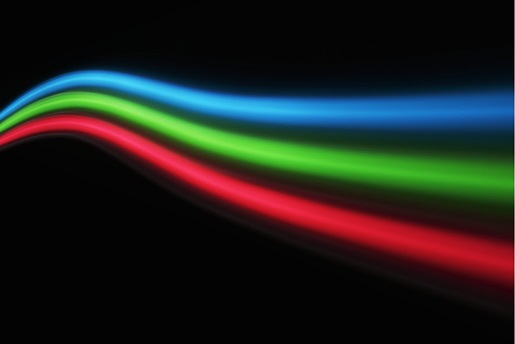Upgrade the look and feel of your typing experience with the perfect custom keycap set
Perhaps the greatest joy of the mechanical keyboard hobby is the endless depths of customization it allows. Utilitarians will likely tell you the most important part is those feel-and-sound-defining switches, and sure, that may be true — but what’s the first thing you notice every time you admire a fully assembled board? If key switches are the heart of a mechanical keyboard, then custom keycaps are its bright and beaming face.
This article will introduce or reacquaint you to the joys of the many different types of mechanical keys that you can use to make your own perfect typing experience, including some of the best places to find custom keycaps, an assortment of the most popular models on the market, and even how to install a custom keycap set yourself (good news, it’s surprisingly easy). But first, let’s define what we’re about to talk about.
Find the perfect keycaps for every board in your collection with our Essential Guide to Keycaps.
Jump to a section:
What are custom keycaps?
Keycaps are the part of a computer keyboard that your fingers rest on and press down during the normal operation of the board. In the case of mechanical keyboards, pushing a keycap down compresses the spring of the mechanical key switch underneath, and then the same spring propels the keycap back up once you lift your finger. Custom keycaps are any set of caps that are sold on their own, either to be swapped out for use in a keyboard with pre-installed caps or for a fully custom board. They are created by and for mechanical keyboard enthusiasts for a number of reasons, like the aesthetic appeal of dropping in unique keycap color schemes as well as the ergonomic benefits of different keycap profiles.
The majority of custom keycaps on the market, whether they’re sold in a pack meant to outfit an entire keyboard or as artisan custom single keycaps, are compatible with the cross-stem switch design popularized by the Cherry corporation and adopted by a range of competitors. Most mechanical keyboards on the market today — whether mass market or boutique-built — will fit the bill, but if your board of choice uses a different type of switch, your customization options will be more limited.
Types of custom keycaps
Materials
Generally speaking, you have two material choices when it comes to custom keycaps: acrylonitrile butadiene styrene (ABS) and polybutylene terephthalate (PBT). ABS caps are typically the more affordable option, and they offer a smooth, shiny finish with a thinner design overall.
PBT keycaps, on the other hand, are matte, textured, and thicker, which creates a louder “thock” sound while typing. While they are more expensive, they’re also usually more durable, making them a better long-term option for heavy keyboard users.
Profiles
Keycap profile refers to the actual shape of each cap: some are flat, some are rounded, and some are concave or sloped. Choosing different profiles changes the overall feel of the keyboard. Many pre-built keyboards use an OEM profile with a medium height and slight curve; they’re taller in the back and shorter in the front, making the keys easier to press.
Use OEM as a baseline when considering which profile best suits your preferences. If you want a shorter key, the popular Cherry or spherical DSA profiles are a good bet. On the other hand, you could go tall and angular with an SA profile.
Finishes
Custom keycaps come in matte and glossy varieties, as well as a few in-between options like semi-matte. Glossy keycaps are shiny and reflective and are ideal for keyboard aficionados who prefer a smooth feel and a more vibrant design, but the tradeoff is that they’re susceptible to fingerprints.
Matte keycaps are more subdued, resisting fingerprints and shine. This creates a clean, minimalist look. Most matte keycaps also have a slightly textured feel.
Did You Know?:If you’re looking for an all-in-one board, you can find some handy recommendations in our guide to the best mechanical keyboards.
Are custom keycaps worth it? Factors to consider
There’s no denying that installing custom keycaps takes more time and money than using a keyboard as-is. Yet many mechanical keyboard enthusiasts feel the end result justifies the extra effort. Ultimately, only you can answer the question, “Are custom keycaps worth it?” However, you can make that decision more easily if you weigh the following considerations:
- Price: Prices vary depending on where you get your keycaps and how many you need, but you can expect to spend anywhere from $60 to $150 for a complete set. The more complex the design, the higher the price.
- Aesthetics: One of the biggest benefits of custom keycaps is that they give your keyboard a unique aesthetic that fits your vibe. If you prefer expressive tech accessories to the standard palette, keycaps are a great way to add personality to your gear.
- Ease of installation: Are you mechanically inclined? Does pulling off your keys one by one and replacing them sound like a relaxing afternoon or a tedious chore? Don’t forget that after you buy the keycaps, you need to install them (more on that below). Be realistic about whether this is within your abilities and interests.
- Sound: Do you love the satisfying “thock” sound some keyboards make as you type? Factors like keycap material and thickness can change the tone and volume of each keystroke. For some enthusiasts, this is a key factor in deciding which caps to purchase.
Where to buy custom keycaps
The community spirit of the mechanixcal keyboard hobby has kept it vibrant and growing for decades, but it also means there’s no one central place to find and buy different types of custom keycap sets. As long as you don’t mind spending a little extra time to take in all the sights, that distributed nature can be a strength rather than a weakness. Here are three different ways to find your next set of favorite custom keycaps.
Communities
The most surefire way to immerse yourself in a constant stream of beautiful new mechanical keyboards, whether you’re looking for just the right retro look or some beautiful new custom backlit keycaps for your RGB build, is to seek out mechanical keyboard communities online.
- Reddit’s MechanicalKeyboards subreddit has quickly become a hub for the hobby.
- Geekhack presents a more classic and dedicated forum experience, as well as a chance to get in early on promising new custom keycap sets.
- High-profile YouTubers such as tinymakesthings have their own dedicated fandoms within the community, introducing their fans to all manner of beautiful new custom keycaps and boards.
You can find even more like-minded lovers of custom keycaps with our guide to The Top 5 Mechanical Keyboard Forums, YouTube Channels, and Subreddits.
Stores
A handful of online retailers and marketplaces have emerged as reliable places to find exciting new types of mechanical keys. Here are some destinations to get you started.
- Drop’s range of custom keycaps isn’t the most affordable, but each set is classy across the board. Drop has a particularly good selection of the tall and concave MT3 profile.
- Kinetic Labs exclusively sells mechanical keyboard parts (and related accessories, like desk mats) and that focus shows in its eye-catching keycap color schemes.
- TaroDepato may be the best keycap seller on Etsy, offering a range of original pop-culture-inspired custom keycap sets for surprisingly affordable prices.
Check out more destinations to find your next custom keycap set in our guide to 59 Places to Buy Mechanical Keyboards.
Make your own
This option is not for the impatient, and it is not the kind of DIY that’s likely to save you money in the long run. However, you can create your own ultimate custom keycaps by making or modifying them yourself. Check out this guide from prolific YouTube keyboard artisan tinymakesthings on how to make your own designs using standard PBT keycaps and clay.
While uniquely styled artisan keycaps are a joy to behold and press, you probably wouldn’t want a whole keyboard full of them. Here’s a guide from Linus Tech Tips on how to print and dye your own key legends for a somewhat more practical full-custom keycap experience.
Does that seem like a lot? Don’t worry, if you don’t want to make your own custom keycaps, a world of designs are just a few clicks away.
Did You Know?:If you’re still asking yourself “are mechanical keyboards better,” our handy guide will lay out some of the biggest benefits.
What are some of the most popular custom keycaps?
There are so many options out there, and a big part of the appeal of searching for the perfect custom keycap set is getting a board that looks like nothing else you’ve ever seen. That said, here are some beloved sets to get you started in your search.
- The Drop + Matt30 Susuwatari Custom Keycap Set is inspired by the Soot Sprites of the beloved Studio Ghibli films. Its range of soft grays bodies set off subtly colorful key legends, and its rounded MT3 profile helps complete the friendly look.
- Kinetic Labs’ Octopus PBT Keycaps showcase a beautiful range of purples, plums, and pinks, creating one of the most appealing yet approachable keycap color schemes out there at an affordable price.
- The Tiles Keycap Set from TaroDepato gives you your choice of Cherry or XDA profile keys. Either one will lend your keyboard an idiosyncratic yet dignified aesthetic, like the ballroom floor of a reclusive count’s castle.
How do I install custom keycaps?
The best way to install custom keycaps is fairly straightforward, but it does require the right tool and some patience (especially if you’re swapping out the 100-plus keys of a full-sized board). Please note that these instructions apply only to keyboards with Cherry-MX-style switches — as we noted above, that covers the majority of mechanical keyboards on the market today, but not all of them.
With that said, here’s a step-by-step guide on how to install custom keycaps:
- Unplug your board and place it on a clean, flat surface with a good amount of room to work. If your board doesn’t have a pre-existing set of keycaps installed, you can skip to step 5.
- Pick up your keycap puller and press the wire loops down onto the left and right sides of an externally located keycap. The loops should separate and then snap back together once they clear the widest part of the cap.
- Pull the keycap puller upward, starting with light pressure perpendicular to the surface of the board. Do not pull to one side or you may damage the switch’s key stem. The keycap should slide upward and eventually pop off.
- Repeat this process for every key on the board, taking special care for larger keys which may require you to unhook stabilizers before the cap will fully disengage.
Note: This is also a great opportunity to clean out any dirt which may have become trapped under the keycaps over time. Start with a vacuum cleaner’s hose attachment, then use a damp cloth.
- Note the cross-shaped hole on the underside of your new custom keycaps. This will slot directly onto the cross-shaped stem atop each key switch.
- Press each keycap into its appropriate position on the board by seating the cap atop the stem and gently pressing straight downward. Do not fully seat each keycap yet.
- Once you have confirmed that each keycap is in its desired location, firmly press each one down so it is fully seated on its switch stem.
Then sit back and enjoy your beautifully refreshed board. But beware! Now that you’ve become privy to the wide world of custom keycaps, it may not be long until you feel compelled to swap in another new set. Then another. Then another.
Maintaining and cleaning your custom keycaps
Once you’ve installed your custom keycaps, you’ll want to do everything you can to keep them in pristine condition. It’s not unusual for dust or dirt to make its way into your keyboard, and that can impact performance. You can maintain your board’s appearance by regularly wiping it with a microfiber cloth, but eventually, you’re going to need a deeper clean.
Make sure to follow any special directions from your keycap manufacturer when cleaning. For most keycaps, you can remove them from your board and soak them in a container of warm water with a few drops of dish soap overnight. Rinse them the following day and dry them off, ensuring no moisture remains before reinstalling them.
Whenever you need to remove your keycaps, take a photograph of your keyboard first. That way, you’ll remember where everything goes when it’s time to put it all back together.
Enjoy a typing experience like no other
We mentioned before that certain types of mechanical keyboards don’t use typical custom keycaps. You may be wondering why that is, and one great product to illustrate the difference is the HHKB Professional HYBRID Type-S. Its Topre key switches are beloved among enthusiasts for both their precision and satisfying “thock” sound, and their unique actuation model means they require similarly unique keycaps. Beyond its keycaps and switches, the HHKB Pro line offers a subtly updated and future-proof take on a novel keyboard layout that’s been earning converts among coders, hackers, gamers, and more since the late ‘90s. To see this and other high-quality keyboards, check out the full range of HHKB keyboards.
Note: Information and external links are provided for your convenience and for educational purposes only, and should not be construed, or relied upon, as legal or financial advice. PFU America, Inc. makes no representations about the contents, features, or specifications on such third-party sites, software, and/or offerings (collectively “Third-Party Offerings”) and shall not be responsible for any loss or damage that may arise from your use of such Third-Party Offerings. Please consult with a licensed professional regarding your specific situation as regulations may be subject to change.

